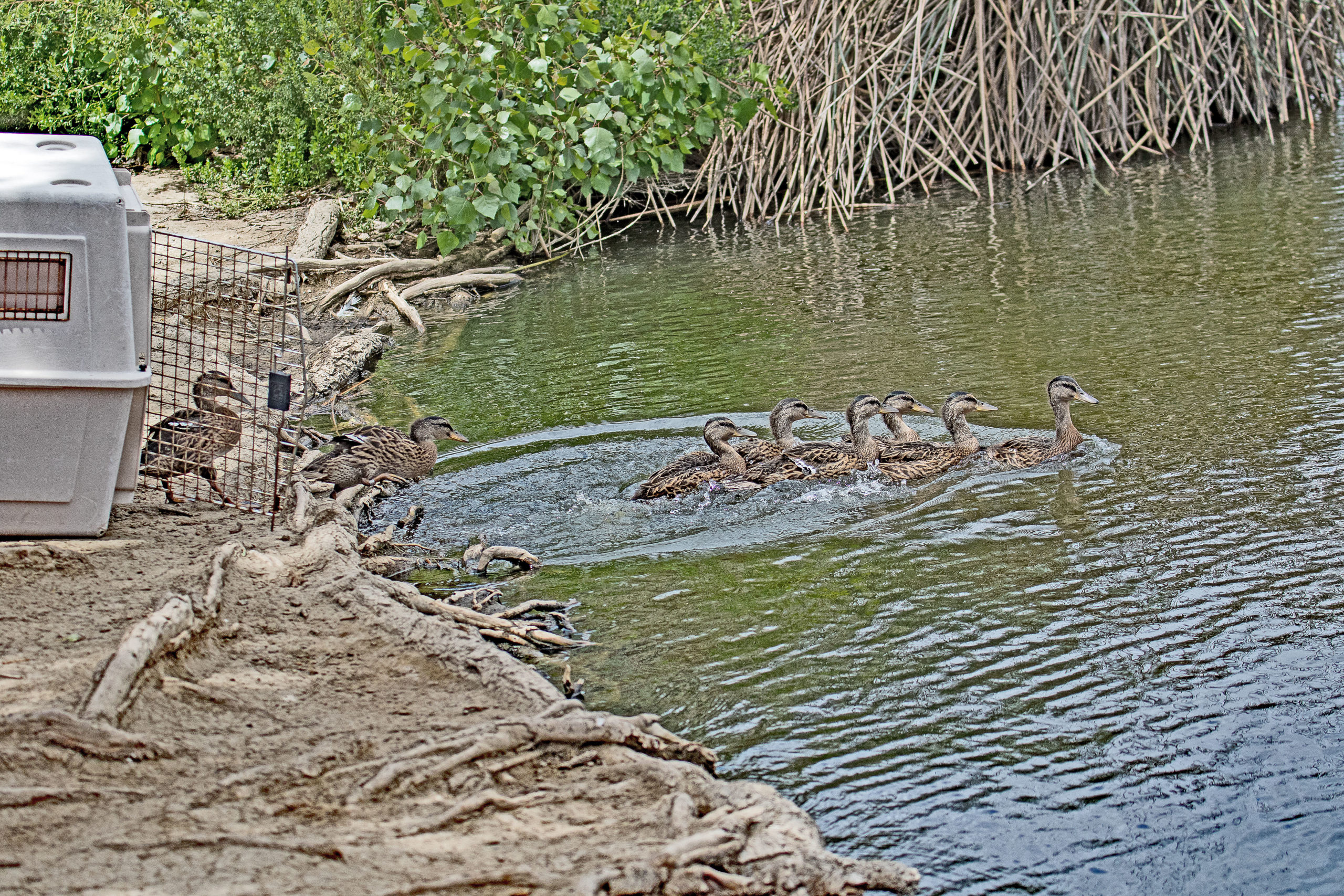
Mallards are by far the most common duck seen in California and the United States. Mallards breed throughout the temperate and subtropical Americas, Eurasia, and North Africa, and have been introduced into New Zealand, Australia, Peru, Brazil, Uruguay, Argentina, Chile, Colombia, the Falkland Islands, and South Africa. There is no shortage of Mallards anywhere, they are of “least concern” in terms of species extinction and, interestingly, are also the main ancestor of most breeds of domestic duck.
On the other hand, in the urban environment these beautiful birds can seem like a bit of a pest. Their overflow population likes to colonize swimming pools; they take up a lot of space in ponds and lakes; the mating practices of the male Mallard can be downright violent and distasteful to behold. Bottom line, for birders, they are about as important a “catch” as a Rock Pigeon on a city street.
But there’s an aspect to Mallards that often goes unappreciated. All ducks, dabbling and diving, benefit wetland areas with their presence. They move things around, spread seeds, fertilize and generally play an important role in promoting plant diversity and health. Since there are more Mallards, logic dictates that they supply more benefit. A recent scientific study conducted in Holland demonstrated this conclusively. (Click photos in gallery to enlarge)

Ducks in a box 
Dave with ass’t Richard Davis 
Free at last!
So, you may see Dave Weeshoff, our Conservation Chair, in concert with International Bird Rescue, releasing healthy, previously orphaned or injured Mallards into the lake at the Sepulveda Basin Wildlife Reserve. But don’t immediately think, “Oh, no…more Mallards?” More Mallards is a good thing. Some will stick around, and others will migrate to watery areas where their presence will help promote what mankind all too often seems determined to destroy.
Thanks, Dave.


